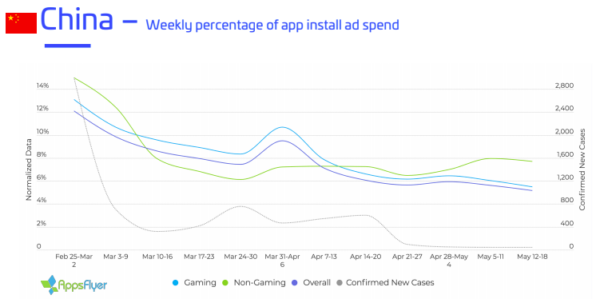E-commerce is constantly changing. To keep up with trends and evolving consumer demands and to stay ahead of the game, business owners need to keep a close eye on these industry trends.
During the pandemic, social distancing and other preventative measures meant that consumer requirements shifted, and many aspects of e-commerce were changed. Some changes were temporary, while others are here to stay.
With a number of significant e-commerce events around the corner this November, it’s time to look at the post-pandemic trends that continue to shape e-commerce in 2022.
But before we dive into the strategies you can use to advance your e-commerce business, let’s take a look at a tool that can help your business stand out from the rest. Skipper by Zoomd is designed to help you increase your growth trajectory. Paid User Acquisition? With Skipper, you can run multiple user acquisition campaigns across various platforms concurrently through a single dashboard.
E-Commerce Challenges and Trends
Let’s take a look at some of the trends and solutions you can incorporate into your strategies for the remainder of 2022:
-
Navigating a newly competitive market
During the pandemic, the e-commerce industry experienced a sudden spurt of unexpected growth. Studies projected that this trend would likely continue, predicting that by the end of 2022, e-commerce will account for 20.4% of global retail sales. This is over a 10% increase from just five years ago. The e-commerce industry’s rapid growth brings with it the challenges of new competition, but it also creates opportunities for new customers. To navigate this challenge, it’s essential to create a unique brand voice and identity that sets you apart from the competition and introduces you to new customers. The ideal way to do this is to maintain consistent customer acquisition campaigns while diversifying your target platforms. While this may be challenging, tools like Skipper can simplify the process and make it easier to manage campaigns on multiple platforms concurrently.
-
Advertising campaigns grow more sophisticated
With so many new actors in the market, a major part of e-commerce marketing is the race to gain new customers’ attention. This means that organizations are willing to invest large sums in advertising. But, due to the overwhelming amount of marketing materials customers are exposed to daily, advertising has become less effective. As a result, advertising costs rise, and campaign effectiveness sinks as customers become inundated with generic advertising. The solution? Focus on quality over quantity. Rather than throwing generic user acquisition materials at your customers, turn your efforts toward creating unique campaigns that can set you apart. Additionally, target multiple platforms at once, so you can reach potential customers wherever they browse.
Utilizing tools such as Skipper leaves you free to focus on creating strategies while we take care of the maintenance, diversification, and optimization.
-
Expanding to new vistas
While the market achieved new growth during the pandemic, in many ways, the world shrank, and organizations that don’t support customers internationally are becoming an exception rather than a rule. Although expanding to new markets requires funding and conducting customer acquisition campaigns with a whole new customer base, breaking into new markets can create new opportunities for your business. As a small business, you can focus on local expansion by extending your customer acquisition campaigns to new platforms and taking advantage of new pools of potential customers.
Moving Ahead With Skipper
Keeping track of your campaigns can be challenging, especially when you’re running multiple campaigns across multiple platforms. Our platform makes this process a breeze by collecting all the data you need to set up, optimize, track, and maintain campaigns into a single dashboard. Skipper supports all of the most popular social media platforms and is integrated with 16 channels, including Facebook, Instagram, Google Ads, TikTok, Apple Search, Twitter, Snapchat and more.
By allowing you to keep track of all your campaigns concurrently, Skipper gives you control over your user acquisition activities, allowing you to grow your business fast.
Now that the e-commerce industry has undergone a major evolution, new challenges and opportunities make it the perfect time to refresh your customer acquisition campaigns and ensure they’re all optimized. Skipper allows you to expand your campaigns to meet the industry’s growing demands and helps you take advantage of new opportunities as they arise. We’re always adding new features to address our customers’ changing needs, making it easy for you to keep up with the trends. Our goal is to help your business reach its potential, so before the busy e-commerce month of November kicks in, check out our platform to learn how we can help you grow with your industry.
